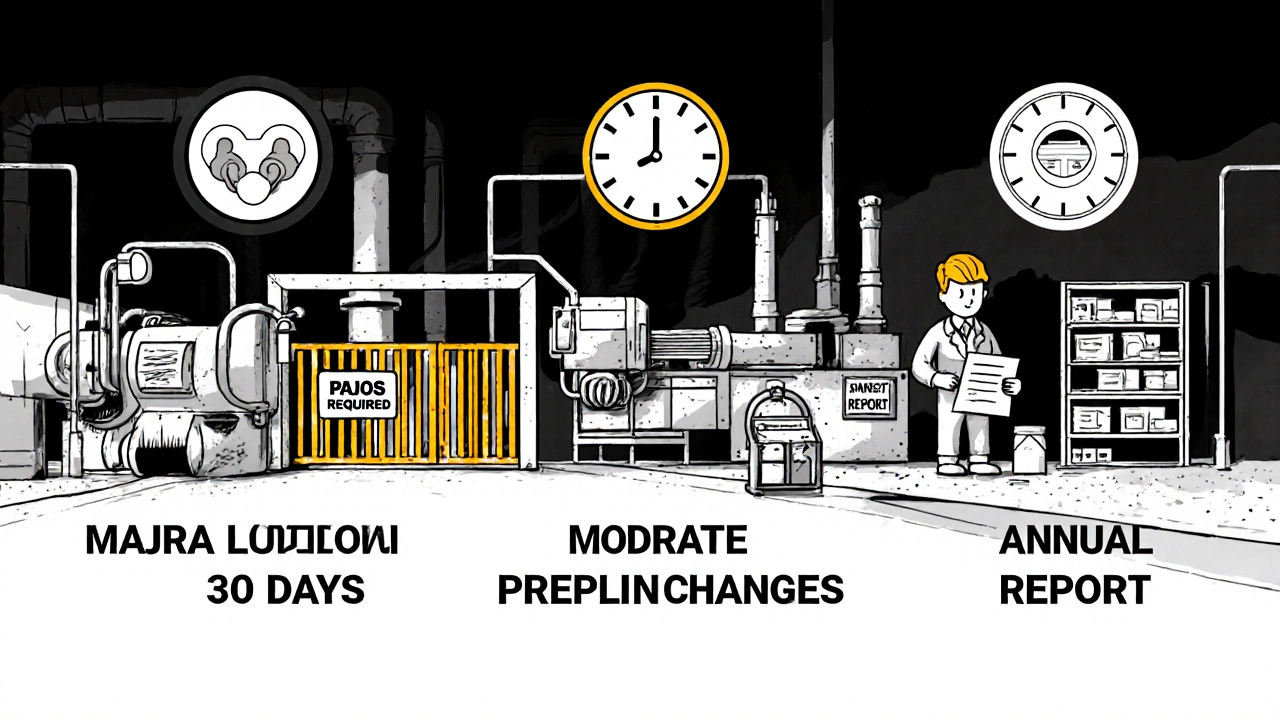Understand the FDA and global requirements for notifying and approving manufacturing changes in pharmaceutical production. Learn how to classify changes correctly to avoid regulatory violations and ensure product quality.
Change Control in Pharmaceuticals: Why It Matters for Safety and Compliance
When a drug manufacturer makes even a small change—like switching a supplier, adjusting a mixing temperature, or updating a label—it’s not just an internal paperwork task. This is change control, a formal system used in pharmaceutical manufacturing to track, approve, and document any modification that could affect drug quality, safety, or effectiveness. Also known as quality change management, it’s the backbone of keeping medicines consistent and reliable from batch to batch. Without it, a pill you take today might behave differently tomorrow, even if the name on the bottle hasn’t changed.
Change control isn’t just about following rules. It’s about protecting patients. The FDA, the U.S. agency responsible for regulating drugs and medical products requires every pharmaceutical company to have a documented change control process. Why? Because a tiny tweak in the manufacturing process can alter how a drug dissolves, how stable it is on the shelf, or even how your body absorbs it. That’s why biosimilars—like the ones discussed in posts about biologic drugs, complex medicines made from living cells that can’t be exactly copied—need years of testing just to prove they’re close enough to the original. Change control ensures that even when a generic version is made, it doesn’t drift too far from what was proven safe.
It’s not just big manufacturers who deal with this. Hospitals, pharmacies, and even prescribers are affected. When a hospital switches from one generic version of a drug to another, that’s a change control decision. Why? Because not all generics are the same. One might have a different filler that affects absorption, or a different coating that changes how fast it dissolves. That’s why posts like the one on hospital formulary economics, how institutions choose generic drugs based on more than just price highlight hidden risks in switching. A change in supplier might save money, but if it causes more side effects or treatment failures, the real cost is higher.
And it’s not just about the drug itself. Labels, packaging, storage instructions, and even the software used to track inventory all fall under change control. A misprinted label, a new barcode system, or a different shipping temperature can all trigger a formal review. That’s why reporting an adverse reaction to the FDA through MedWatch isn’t just a formality—it’s part of the feedback loop that tells manufacturers when a change might have gone wrong.
Change control is invisible to most patients, but it’s the quiet system that keeps your medication safe. It’s why your prescription doesn’t suddenly stop working, why your insulin stays stable, and why your blood pressure drug doesn’t start causing unexpected side effects. The posts below dive into real-world examples where change control matters—from the legal risks doctors face when prescribing generics to how biosimilars are approved, from how hospitals pick which version of a drug to stock, to why even small manufacturing shifts can ripple through patient outcomes. You’ll see how change control isn’t just bureaucracy—it’s the unseen guardrail keeping your health on track.

